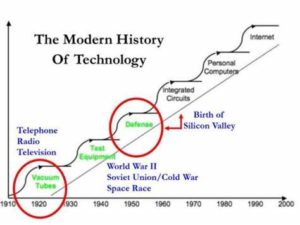Integrated Circuit Birth and Development
In 1952, a scientist at the British Radar Institute called G.W.A. Dummer proposed an idea of whether the transistors and diodes and other necessary components contained in a circuit could be assembled on a semiconductor wafer according to the requirements of the electronic circuit to form a circuit with a predetermined function? This idea is a famous integration idea. Shortly thereafter, integrated circuits appeared.
In 1958, Kelby of Texas Instruments of the United States made a phase-shifted oscillator using a semiconductor silicon wafer in accordance with the above assumptions, whereby the integrated circuit was produced. Integrated Circuit Birth and Development enables one to fabricate several components of a circuit on a single piece of semiconductor material.
Compared with component discrete circuits, integrated circuits have small size, light weight, high reliability, low power consumption, and low cost. And suitable for mass production and other characteristics. Therefore, integrated circuits are being widely used rapidly in various fields and have played a huge role.
After the birth of integrated circuits, they have developed rapidly, and the scale of integration has grown from small to medium-scale, and then to large-scale and super-large scale. Advances in technology have also broadened the application areas of integrated circuits, from household appliances that cannot be separated from our daily lives, such as televisions, refrigerators, audio equipment, etc., to various production tools, instrumentation, automation equipment, and military, Scientific research, aerospace equipment, etc., all have the usage of integrated circuits.
Therefore, all countries in the world have invested a lot of manpower and material resources to research and develop integrated circuits. At the same time, there are also some vendors that acquire the technology of others in various ways and use the technological achievements of others through MCU attacking to make huge profits. It is in this case that countries have enacted relevant laws to provide legal protection against Attack IC Chip Technology.


